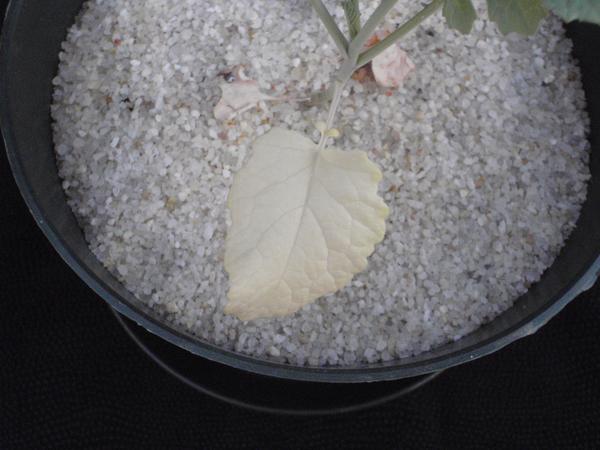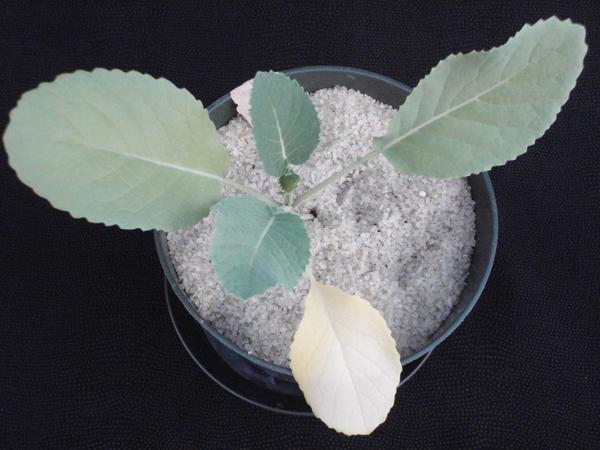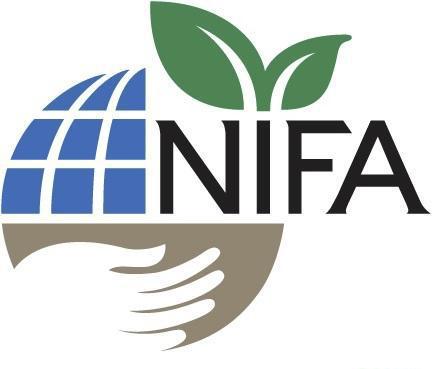From the Field - Agronomy Notes
In this Brassica carinata (Ethiopian mustard) research update, we highlight the symptoms of nitrogen deficiency. These images are part of a project by the Southeast Partnership for Advanced Renewables from Carinata (SPARC) to develop a diagnostic series for the identification of nutrient disorders of Carinata. Carinata is an exciting new crop in the Southeast used for a wide variety of primary and secondary agricultural products including cover crops, feedstock, high protein meal, and jet fuel. It is similar in management to canola given both canola and carinata are winter annual Brassica oilseed crops. However, carinata oil is not edible.
Symptoms
Nitrogen (N), being one of the macronutrients, is required in large amounts for proper growth and development. As such, nitrogen deficiency is a common problem in many crops including Carinata. To properly identify nutritional problems, it is helpful to know the location of the symptomology and to track its movement over time. Nitrogen is a mobile element which means it will be reallocated in the plant from older, lower foliage to the newer growing foliage. This results in symptoms appearing on the lower portions of the plant first.
Nitrogen deficiency will first manifest as a general stunting of the plant (Figure 1). The plants will then display a yellowing or paling of the lower leaves as the nitrogen is translocated from the lower foliage to the actively growing portions of the plant (Figure 2). The key is to look for the general stunting with the paling of the lower foliage.
If nitrogen deficient conditions persist, symptomology will progress rapidly and the plant’s overall vigor will continue to decrease. In intermediate stages, some cultivars of carinata will undergo an interveinal chlorosis where the veins of the leaf take on a pink to red coloration (Figure 2 & Figure 3). This unique symptom was observed on two of three cultivars evaluated.
In more advanced stages of nitrogen starvation, the lower foliage will pale and turn a bleached yellow to white (Figure 4). In addition to the lower foliage showing severe discoloration, the middle foliage will also begin to discolor. This results in a tri-level discoloration where the lower foliage is a bleached white, the mid foliage is yellowing or light green, and the upper foliage is a lush green (Figure 5). If nitrogen remains unavailable to the plant, the lower leaves will eventually turn necrotic, and senesce. To ensure proper diagnosis the above material should be used in conjunction with a leaf tissue sample and/or field test.
Key Contacts
Key Contact Central East:
Dr. Angela Post, NC State Univ. Department of Crop and Soil Sciences – angela_post@ncsu.edu
Dr. Carl Crozier, NC State Univ. Department of Crop and Soil Sciences – ccrozier@ncsu.edu
Key Contact South East:
Dr. Michael Mulvaney, UF/IFAS West Florida Research and Education Center – m.mulvaney@ufl.edu
Primary Authors: Paul Cockson, Dr. Carl Crozier, Dr. Ramon Leon, Dr. Michael Mulvaney, Dr. Angela Post, and Dr. Brian E. Whipker
Project Team: NC State Univ. personnel Paul Cockson (NC State B.S. student in Agroecology), Ingram McCall (Research Technician in Horticultural Science at NC State), Dr. Carl Crozier (Professor and Extension Specialist at NC State), Dr. Ramon Leon (Assistant Professor at NC State), Dr. Angela Post (Assistant Professor and Extension Specialist NC State), and Dr. Brian Whipker (Professor of Floriculture and Plant Nutrition in Horticultural Science at NC State). Univ. of Florida personnel Dr. Michael Mulvaney (Cropping Systems Specialist at UF/IFAS West Florida Research and Education Center.
Publication date: Jan. 1, 2021
N.C. Cooperative Extension prohibits discrimination and harassment regardless of age, color, disability, family and marital status, gender identity, national origin, political beliefs, race, religion, sex (including pregnancy), sexual orientation and veteran status.








